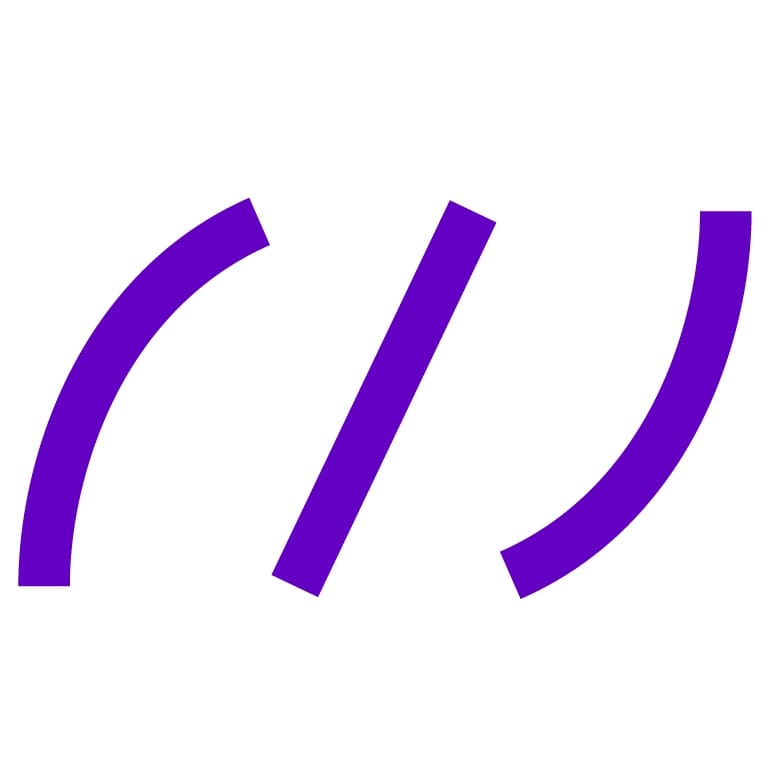Over the past months, we at myndway have been discussing urgent questions around the digitalization and the new world of work with many of your estimated customers and friends. If we are radically honest, we need to emphasize that those questions were nothing new. However, the circumstances within which we discussed those challenges had changed and the urgency of co-creating a so-called “New Normal” had certainly increased.
Since March 2020, many companies have been realizing that they lack alignment with regard to which technologies they want to use to support remote work. In other cases, the company had decided on which videoconferencing and online communication tools they would use. Their leadership and management, however, was not yet trained to use those tools.
This led to uncertainty for many leaders, managers, and their workforce. Suddenly, many had to work from home. Yet, they did not know how they were meant to work and communicate with their colleagues over distance. Simultaneously, many managers had to deal with their own uncertainties because they realized that they now had to trust their employees to do their work at home and to manage themselves. Many of the leaders and managers who our company supported during this time reported being afraid to lose control over their workforce; others could not wait to get back to the office.
Dealing with the aforementioned emotions such as uncertainty and pressure created additional challenges for leaders. Some therefore initiated open dialogues with their teams. They started to ask how their team members were feeling and showed real care and compassion. Others, however, neglected their own emotions as well as their team’s emotional states. They focused on the job that needed to be done and on managing the predominant crisis.
Back to the old normal: Are you back to normal office hours yet?
Gradually, people are coming back to their office spaces. New leadership questions arise:
- How do we design offices from now on?
- Which modes of works do we want to support?
- What does flex office, remote work, or open office actually mean for us?
All of those questions reflect the past months – months which showed that a conscious design of a new world of work requires a sustainable, internal digitalization of every company. It necessitates clear decisions around technologies in use and on how people are expected to use them. At the same time, a sustainable, internal digitalization becomes a key factor to remain competitive. In fact, it forms the foundation for the entire business to be capable of adapting to new and changing situations.
Over the next months and years, leadership will have to take on responsibility for designing and shaping the new world of work for their businesses. To do so, it should actively engage in discussions about needs, wishes, and best practices with the workforce. Important issues to tackle are the following:
- Which leadership styles work well in a dynamic and virtual work environment?
- How can we empower the entire workforce to take on leadership from within?
- Which methods and tools work well for us, which do not?
- What are the 3-4 greatest learnings from this crisis?
How could leadership in a new world of work look like?
Our experience and research shows: The modern leader empowers, consults, and acts as a coach. He or she is capable of dealing with functional challenges and has a wide network of experts within the company on which they can rely. This network goes way beyond their own functional expertise.
Thus, the modern leader can consult professionally. But they can also get further advice from a wider circle of experts. This leader also knows how his/her team members are feeling and how to help them in times of crisis. By having acquired coaching competencies, modern leaders become strong partners for their team members and colleagues. They are capable of coaching people towards achieving their individual goals and towards realizing their own potential.
A future-oriented, modern leader is aware of the fact that his/her leadership style empowers and motivates. It enables agile work and allows the leaders to give up the need for control. At the same time, the leaders gain time and space for pursuing their own goals and projects.
Thus develops a new space for leaders in which they can adopt new competencies such as methods to drive agile work, technical tools to support remote work, and more. In other words, they get the chance to grow together with their teams, individually and as leaders.
The New Normal will be realized by new leadership. Meanwhile, it gives leaders a chance to become the designers of a future-oriented and digital working world. Let’s use the opportunity to create and design together and to enable work that feels light, happy, and optimistic. Find out more on tools and methods at myndway.com.
____________________________________________________________________________
DIGITAL LEARNING JOURNEYS BY MYNDWAY
Find out more or schedule a free call with us. We are happy to talk to you.

